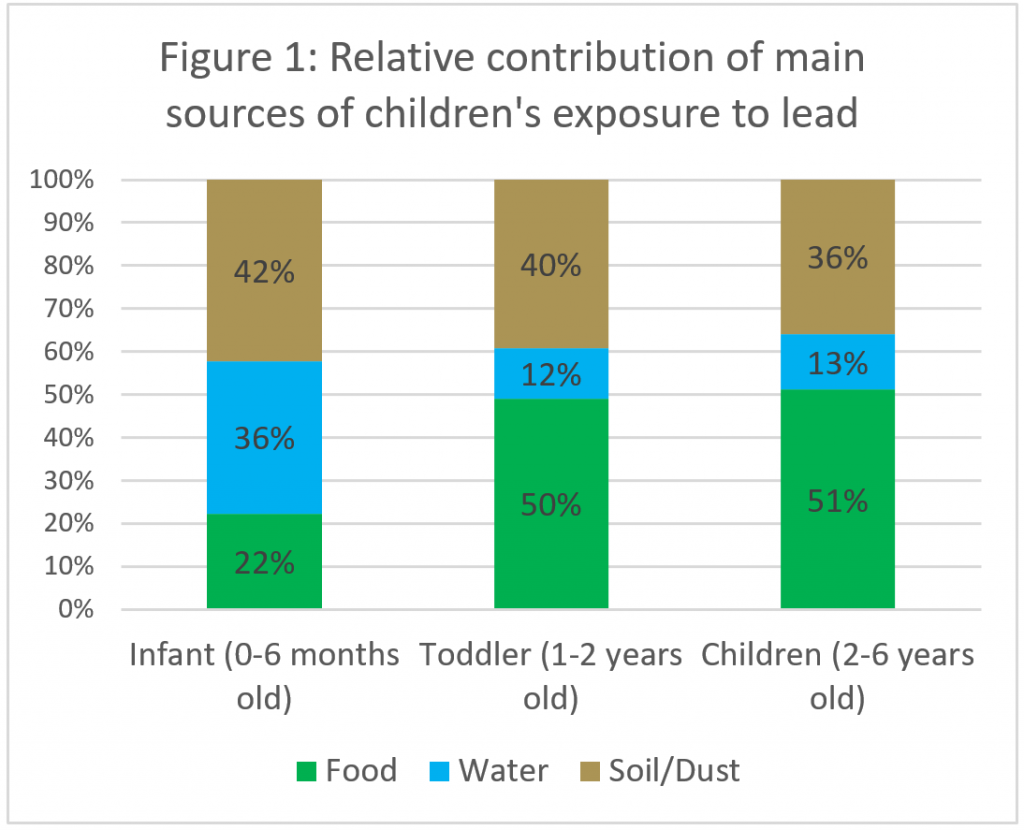Tom Neltner, J.D., Chemicals Policy Director, and Maricel Maffini, Ph.D., Independent Consultant
In May 2017, the US Food and Drug Administration (FDA) Center for Food Safety and Nutrition (CFSAN) announced it had “established a Toxic Elements Working Group whose mission in part is to develop a strategy for prioritizing and modernizing the Center’s activities with respect to food/toxic element combinations using a risk-based approach.” FDA set a goal of limiting lead “to the greatest extent feasible.”
In April 2018, FDA released an interview with the Working Group’s chair, Conrad Choiniere, providing an update on its activities. An overarching point expressed by Choiniere during the interview is that “these metals [lead, arsenic, cadmium and mercury] can have effects on children’s neurological development.” This affirmation of scientific evidence is a welcome sign from the agency. FDA’s key statements are:
- Initial scope: Children’s exposure to “metals like lead, arsenic, cadmium, and mercury in foods, cosmetics, and dietary supplements.”
- Approach: “Looking at all the metals across all foods rather than one contaminant, one food at a time.”
- Initial findings: “Even though the level of a metal in any particular food is low, our overall exposure adds up because many of the foods we eat contain them in small amounts.”
- Next steps:
- “Finalizing the draft guidance that sets an action-level for the presence of inorganic arsenic in infant rice cereals and apple juice.”
- “Begin reevaluating the specific lead levels that FDA has set for a variety of foods.”










